Resources in Settlers of Catan
October 12, 2011 in Editorial
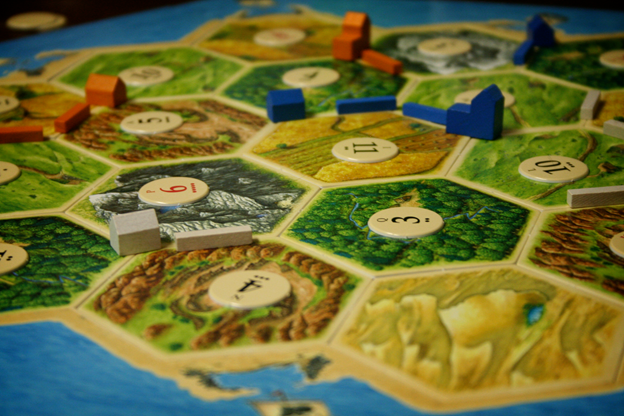
Players of the board game The Settlers of Catan have to race each other to settle the Island of Catan. To do so players must harvest the resources available to them: Sheep, Wheat, Wood, Brick and Ore. Players can harvest these resources by settling on a tile of a particular resource. That tile is then given a number and when players roll that number of the die, they can collect that resource. Utilizing these resources players can build various structures in the game. Each of the structures requires the input of various combinations of resources as the following table shows:
The structures allow you to earn points and once you’ve accumulated ten points you win the game. Centives decided to judge how each of the resources compared in value to one another.
Ore
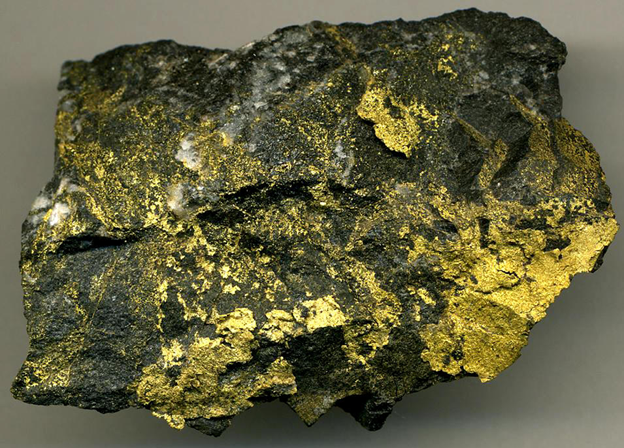
This is the most difficult resource to make a judgment call on. Both Ore and Wheat have many claims for the title of most valuable resource but in the end Ore trumps wheat. Ore is a valuable late game resource as all players will need it to get their last few victory points. Moreover Ore is superior to Wheat because of simple supply and demand. Wheat has four tiles on the board while Ore only has three. Wheat might be the more versatile resource since it can be used to create a greater number of structures, the extra tile means that it is easier to get over the course of play. Games often drag on because players have a hard time getting ore. They normally don’t face a similar problem with Wheat. As such, players with a lot invested in Ore can make very profitable late game trades. The relationship between wheat and ore is symbiotic, without one the other has little significance, but the tiniest edge goes to Ore.
Wheat
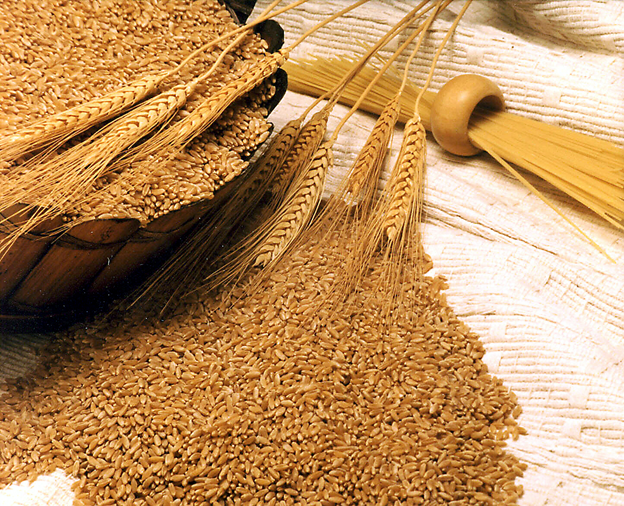
For many of the same reasons as ore, wheat is a valuable resource. There is no point in the game where wheat can’t be used, as it allows for cities, settlements, and development cards. However, wheat is usually plentiful, so most players won’t trade much for it.
Brick
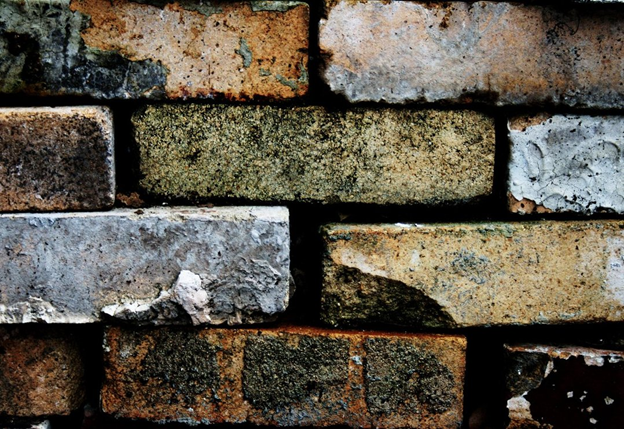
Brick and Wood are another pair of resources that are evenly matched. Both resources provide the backbone for a player’s conquest of Catan. They are, of course, not as valuable as either Wheat or Ore, since they outlive their usefulness quite quickly as the game progresses. Brick and Wood can be used to create roads, allowing players to move across Catan and create new settlements. Roads can also be used offensively to block emerging colonies off the map through creative mapping. Once again supply and demand makes Brick slightly more valuable than Wood since Brick has only three tiles compared to Wood’s four. Players are often looking for Brick in the early stages of the game, which can allow players with a good Brick supply to get a leg up on the competition.
Wood
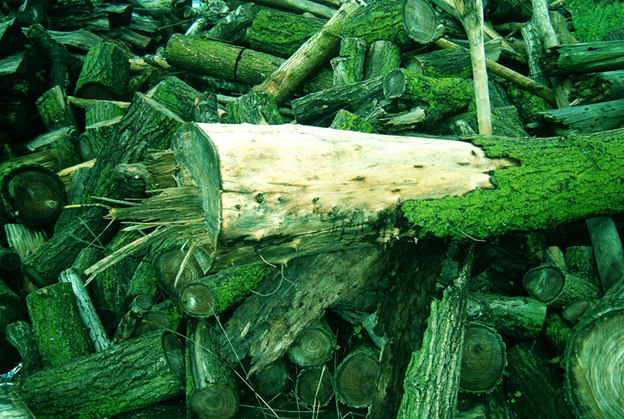
While Wood loses out to Brick, its importance cannot be understated. Its use in the construction of both roads and settlements mean that a game essentially cannot be won without it. Surprise victories are possible for individuals who utilize their resources to build the longest road and score the two victory points this provides. Another desirable quality of Wood is that if a player is settled on a port, they can trade two Wood for the resource of their choosing.
Sheep
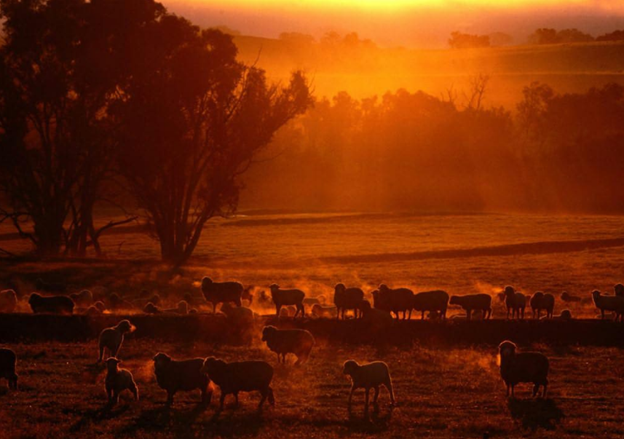
If a player wants to play a development card heavy game then Sheep are an integral part of a player’s strategy. Yet it is a resource that is limited in scope. Unlike Brick or Wood, it can’t be used to build roads making it an investment that doesn’t reap many rewards early in the game. In certain situations where there is a lot of demand for sheep by other players who are building up settlements they could become a valuable resource but most of the time it plays second fiddle to the other resources in the game.
One of the compelling aspects of Settlers of Catan is that every time the game is played, there is a new Catan for the players to settle. The board is not static; it is shuffled so that players are confronted with a new distribution of resource tiles each time. This analysis provides a broad overview of the relative values of the resources, but may not hold true in particular games and situations. The best strategy is to play the other players on the table.
Follow us on Twitter or read some of our other editorials over here.
Join the Discussion! (No Signup Required)